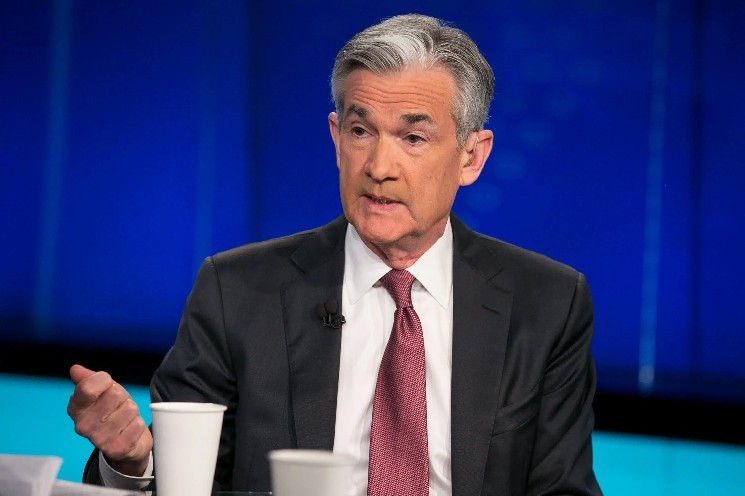Federal Reserve Chairman Jerome Powell today announced an updated monetary policy approach that prioritizes price stability and leaves behind several elements of the previous framework.
Powell's speech at the annual conference held at Jackson Hole showed that the Fed's new framework is moving away from its focus on low interest rates in 2020. The new strategy includes a return to flexible inflation targeting.
In his speech, Powell said, “We believe monetary policy should look ahead and take into account delays in economic impacts,” adding that the balance of risk is considered between both employment and inflation targets. He also said targeting numerical employment “makes no sense.”
Cathy Bost Jeansick, the chief economist around the country, noted that Powell's remarks were clearly on the way. “Powell said the shortcomings on employment have increased significantly and kept the door open for interest rate cuts in September,” she said. “This supports our expectations of a 25 basis point reduction next month. We continue to forecast a total interest rate reduction of 75 basis points per year end.”
Powell announced that the language about low-interest rate environments has been removed from the framework, the Fed has returned to flexible inflation targeting, and the compensation strategy introduced in 2020 has been removed.
Joe Brusuelas, chief economist at RSM US LLP, said the new framework could show higher interest rates in the long term. “Price stability and return to the 2% inflation target means that despite the potential for short-term interest rate reductions, we need to prepare for high interest rates over the long term,” Brusuelas said.
*This is not investment advice.

